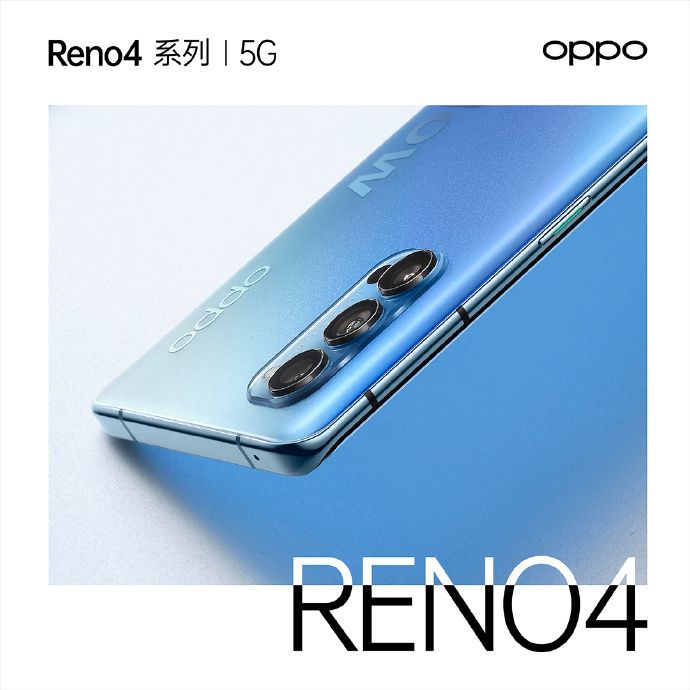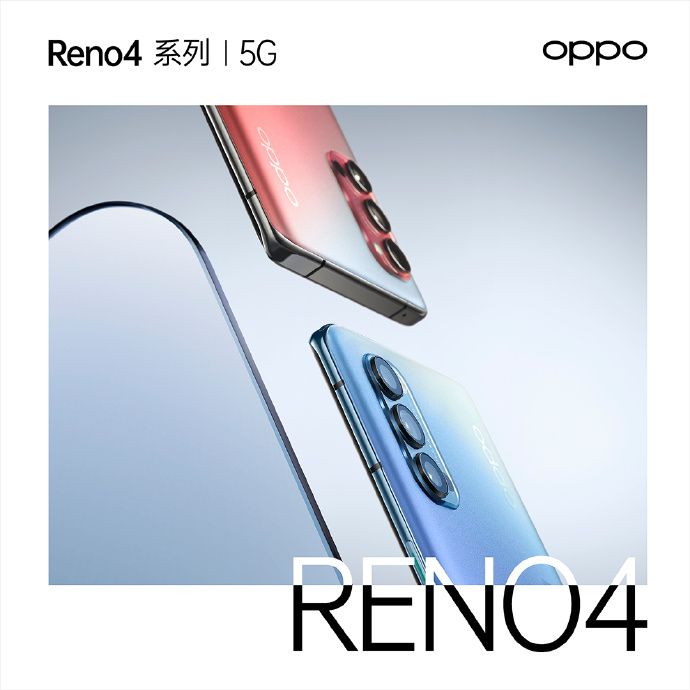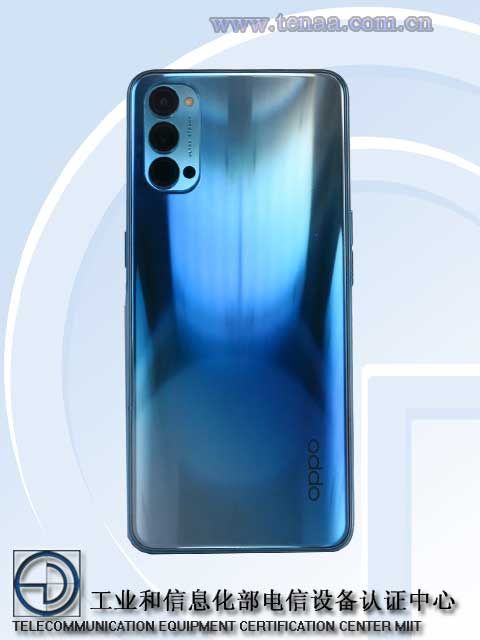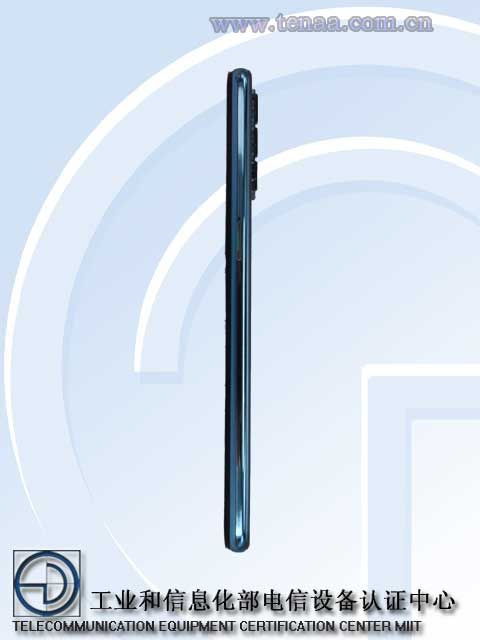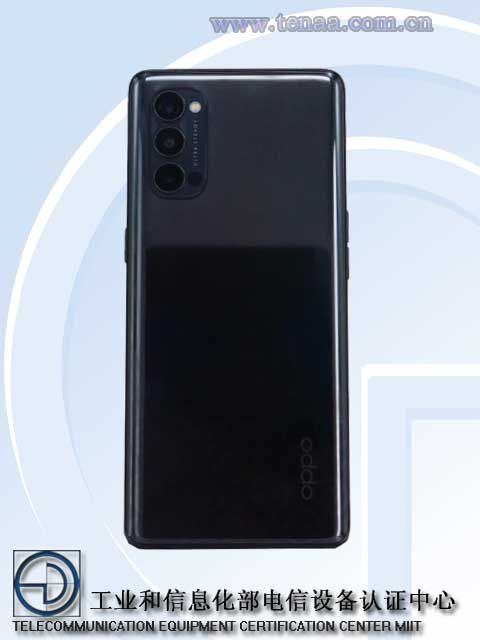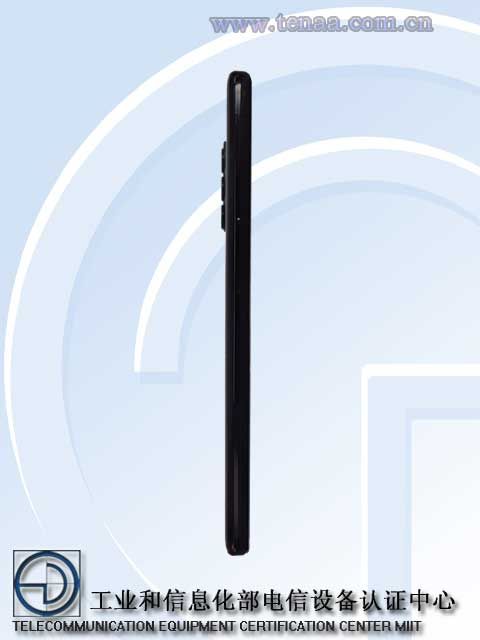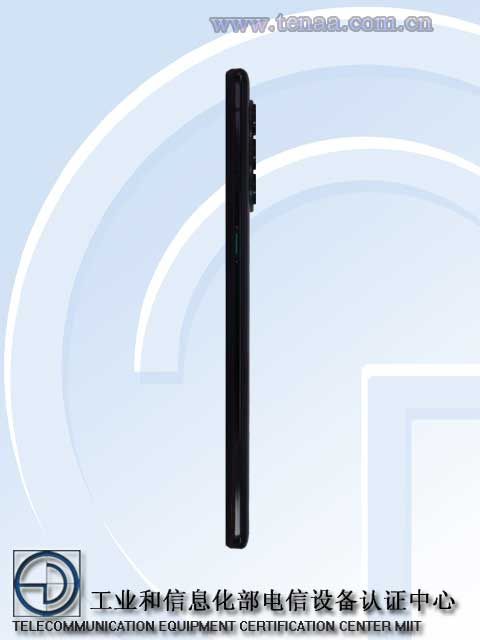For a time, it seemed as if Huawei was dealing fine with the aftermath of the U.S trade restrictions that were imposed on it in May 2019. Despite being placed on the U.S. Commerce Department’s Entity List, Huawei’s Consumer Business Group continued to function. It was wounded, but the damage wasn’t catastrophic. Huawei was prevented from pre-loading Google Mobile Services (GMS) on any new phone launch featuring new smartphone SoCs, which meant that its international smartphone business was mostly crippled. The ban on American companies doing business with Huawei meant that its laptop business also ground to a standstill. However, Huawei re-grouped and re-calibrated its objectives by focusing more strongly on the Chinese smartphone market, where GMS was not part of the equation. It’s still the largest smartphone vendor in China. However, a recent addition in trade restrictions has the potential to create a crisis of survival for Huawei.
On May 15, 2020, the U.S. government imposed a de facto ban on TSMC and many other chipmakers on supplying their chips to HiSilicon, Huawei’s chip division. HiSilicon is a fabless semiconductor company, which means it does not actually produce the chips it designs. TSMC, a Taiwanese company that has the distinction of being the world’s largest semiconductor fabricator, supplied all of HiSilicon’s high-end chips, which included smartphone SoCs, server chips, and network base station chips. After the U.S. additional restrictions were made official, news reports stated that TSMC had stopped supplying chips to HiSilicon. As such, this represented catastrophic issues for Huawei, as it now cannot source any new HiSilicon chip from TSMC for any of its consumer hardware business, which includes the smartphone business.
Huawei hasn’t given up entirely despite facing sustained pressure, though. It is seeking help from rival mobile chip makers to help it continue selling phones. According to Nikkei Asian Review, Huawei is in talks with MediaTek, which is the world’s second-largest mobile chip developer after Qualcomm, as well as Unisoc, which is China’s second-largest mobile chip designer after HiSilicon itself, to buy more chips as alternatives in order to keep its business a going concern.
The relationship between HiSilicon, MediaTek… and Unisoc
The Huawei Enjoy Z was announced this week as a China-only release. The interesting thing about this phone is that it’s the first Huawei phone to feature a relatively high-end MediaTek chip, the Dimensity 800. Up until now, Huawei and Honor have only used low-end MediaTek chips in their phones. The Dimensity 800 competes with the Snapdragon 700 series in terms of product positioning, and it can also be compared with HiSilicon’s new Kirin 820.
The Nikkei report notes that developing cutting-edge chips of its own has been a key strategy for Huawei in recent years, helping it become China’s largest tech company as well as helping it achieve the world’s second-largest smartphone vendor position. Adopting rival chips is a knock against Huawei’s competitiveness, but then again, it’s not as if the company can choose from many options here.
MediaTek, also a Taiwanese company, is a supplier of Huawei’s Chinese rivals – OPPO, Vivo, and Xiaomi. It already supplies Huawei’s low-end 4G phones, but Huawei now hopes to secure contracts to buy MediaTek’s mid-to-high-end 5G chips as well. Until the TSMC ban, Huawei had previously used only HiSilicon’s high-end chips for its premium phones.
According to the report, Huawei had foreseen today’s situation and started to allocate more mid-to-low-end mobile chip projects to MediaTek last year as part of its de-Americanization efforts, which were successful to a certain extent. Huawei has now become one of MediaTek’s key clients for its mid-range 5G mobile chip (Dimensity 800). Huawei’s size is such that MediaTek is now said to be evaluating whether it has sufficient human resources to fully support Huawei’s new strategy, as the Chinese giant is asking for volume 300% above its usual procurement in the past few years.
Apart from MediaTek, Huawei is also seeking to have more collaboration with Unisoc, which is a Chinese-backed mobile chip developer. Unfortunately, it relies mostly on smaller device makers as customers and supports only entry-level products and devices for emerging markets. Up until now, Huawei used few very Unisoc chips for its low-end phone and tablet products. Unisoc is a struggling company as it hasn’t been able to secure any big contract with global smartphone vendors as they could find better deals elsewhere. In one way, this could be the break it needs to upgrade its chip design capability. Unisoc accelerated its 5G chip development in 2019 to catch up with Qualcomm and MediaTek. It also received $630 million from China’s national integrated circuit fund. The company has big ambitions as it’s planning to list on the Shanghai STAR tech board (the Chinese version of NASDAQ) later this year.
Why can’t Huawei go with Qualcomm if HiSilicon isn’t an option? It’s because Qualcomm is an American company, and it has to comply with U.S. government regulations. It has needed a license from the Commerce Department to supply Huawei since May 2019.
HiSilicon and TSMC’s partnership has effectively come to an end for now. This because under the new export control rules that the U.S. government announced, non-U.S. companies must apply for a license to use American technology or software to produce Huawei-designed chips. It’s purposely designed to bring about the fall of HiSilicon, which has been designing cutting-edge custom chips based on ARM’s stock CPU and GPU IP and have TSMC produce them in the last few years to great success. HiSilicon employs 10,000 engineers and has been building its clout over more than a decade. TSMC produces all of HiSilicon’s high-end Kirin chips for Huawei’s flagship phones as well as networking processors for 5G base stations, AI chips, and server chips.
Huawei’s manufacturing partnerships with TSMC and other Asian contract chip builders such as Win Semiconductors, Advanced Wireless Semiconductor and Semiconductor Manufacturing Corp have helped it increasingly use its own chips instead of those from U.S. suppliers such as SoCs from Qualcomm and RF chips from Qorvo, Skyworks, and Broadcom. According to GF Securities, Huawei has expanded the use of in-house mobile SoCs for its smartphone business to 75% from 69% in 2018 and 45% in 2016. It shipped a whopping 240 million phones in 2019. All these partnerships helped Huawei’s consumer business continue to function, but thanks to the new regulations, they are all risk of fraying apart. TSMC has already halted new orders, while SMIC, Shanghai-based semiconductor fabricator, remarked that the chipmaker remains fully committed to abiding by U.S regulations. SMIC’s 14nm Kirin 710F has found its way to the Honor Play 4T.
A twist in the story is that Asian chip vendors may be wary of getting caught up in the U.S.-China trade war. The U.S. government has said it will monitor whether the export rules need to be changed further. Further escalation may eventually lead to the end of Huawei’s consumer business group, as the U.S. may look for ways to restrict exports by foreign companies of foreign-origin items to Huawei even if they aren’t subject to current rules. This speculation has led to MediaTek’s shares tumbling down this week.
Huawei has a different viewpoint, however, Eric Zu, Huawei’s rotating chairman, said in late March that the company could still buy chips from MediaTek and Unisoc if the U.S. blocked its contract chip-making partners from using U.S. equipment, materials, and software to build Huawei-designed products. This statement ignores the reality of the new export rules, though.
Huawei being forced to use off-the-shelf chips will be a bad thing for its consumer product portfolio because it won’t have a distinction. However, a tech analyst from GF Securities said that Huawei has enough inventories of mobile processors to last until the end of this year, which means the real impact would be felt from the last quarter of this year if the vital supply issues aren’t solved. If HiSilicon’s chips aren’t supplied next year, it would be adverse for Huawei’s flagship Mate and P series smartphones that are intended for the flagship market. Huawei may be able to get chips from MediaTek and Unisoc, but it faces an uncertain future.
The targeted strike against HiSilicon will eventually lead to the chip division’s closure
A Reuters report expanded on the actions that the U.S. government is taking against Huawei. The report makes it clear that the U.S. administration is directly targeting HiSilicon, as the U.S. believes it’s a tool of strategic influence for the Chinese government. Huawei, for its part, has denounced the allegations and called the new measures “arbitrary and pernicious.” HiSilicon has become central to China’s ambitions in semiconductor technology in just a few years – it was established in 2004. For a long time, it was only an afterthought in a global chip business dominated by U.S., South Korean, and Japanese companies as Huawei relied on others for the chips that powered its equipment.
However, HiSilicon distinguished itself in the 2010s. Heavy investment in R&D helped drive rapid progress, and the company has been central to Huawei’s sudden and astonishing rise in the global smartphone business as well as in the emerging 5G networking business, where it is generally acknowledged that Huawei has technical superiority over its two chief rivals, Ericsson and Nokia.
HiSilicon’s chips are now considered to be more or less on par with those from Qualcomm, although there are important differences and weaknesses in some areas. However, it still is a rare example of a Chinese semiconductor product that competes globally. 5G is also an important part of the equation with Huawei being recognized as a leader by telecom providers. In March, Huawei revealed that 8% of the 50,000 5G base stations it sold in 2019 came with no U.S. technology as it used HiSilicon chips instead, a worthy feat.
The U.S. government used a comprehensive strategy to break down this success. Reuters reported that the new export control rule aims to block HiSilicon’s access to a) chip design software from U.S. firms such as Cadence Design Systems Inc, Synopsys Inc, and b) the manufacturing power of foundries, led by TSMC, which builds chips for the world’s top chip firms such as Qualcomm, Apple, AMD, and others.
The report succinctly noted that with the new restrictions, HiSilicion would either not be able to make new chips at all, or it would be forced to produce less than leading-edge chips. Without its own chips, Huawei would then lose its competitiveness over domestic phone rivals. International phone sales have already been crippled because of the GMS ban, which is an indispensable loss.
Still, there may be some hope. According to industry sources, Huawei has stockpiled chips, and the new U.S. rule will not go into full force for 120 days. Licenses could be granted for some technologies and HiSilicon can also keep using design software it has already acquired. However, it remains to be seen how much of this actually matters on the ground, considering the U-turns we have been witnessing over the past year.
All chip factors globally (including China’s leading foundry – SMIC) buy gear from the same equipment makers, led by US firms Applied Materials Inc, Lam Research Corp, and KLA Corp. These makers will be required to apply for licenses to supply their technology to foundries building Huawei-designed chips that will be delivered to Huawei. One exception is that the new rule will not catch items shipped to third party. Thus TSMC can then ship chips to HiSilicon’s device manufacturers who can send them directly to a consumer… but the problem is that HiSilicon’s chips are only used by Huawei, and these chips aren’t allowed to be delivered to Huawei, which in turn means that the exception is useless for HiSilicon.
Alternatives to U.S. machines exist, but it’s not simple to replace them. Japan’s Tokyo Electron Ltd makes gear that competes with Applied Materials, but industry sources note that chip production lines are finely calibrated systems where everything has to work well with other components.
Huawei, therefore, has few options left anymore. Having suppliers ship directly to Huawei consumers would be one preposterous possibility, and U.S. officials have said they will be vigilant about such workarounds. The second possibility is that Huawei and the Chinese government could re-double efforts to build production capabilities that don’t require U.S. tools by investing in nascent Chinese competitors and buying from Japanese and South Korean firms even if this requires sacrifices in quality. Again, such an approach will require years of effort.
The third possibility is that Huawei allows HiSilicon to fold up entirely and reverts to buying from foreign suppliers, excluding U.S. suppliers. There has been some talk of Huawei turning to Samsung processors, but again, the same rule that prevents TSMC from supplying to HiSilicon would likely also prevent Samsung Foundry from supplying to Huawei.
Our view: It’s clear that there are no good options left for Huawei. If this escalation continues, the company will have no choice left but to close the Huawei Consumer Business Group. It can’t make sell laptops. It can’t make and sell server and AI chips. It’s restricted in selling 5G chips as it can sell only those that don’t contain U.S. technology. Huawei’s smartphone business now has a huge question mark hanging over it, even when we are talking about domestic operations only. If things go on, Huawei will eventually find it impossible to produce and sell smartphones even in China.
No, it’s clear that products need the absence of trade restrictions to be produced, marketed, and sold. If Huawei Consumer Business Group closes down, the world will lose its second-largest smartphone vendor. This, in turn, would adversely affect the competitive nature of the smartphone market, and a significant portion of 194,000 Huawei employees will be out of jobs. It’s concerning not just for Huawei, but for the global economy at a time when the worst global depression in eighty years has become a reality.
Sources: Nikkei Asian Review, CNMO, VMall, Reuters
The post Huawei and Honor turn to high-end MediaTek chipsets for some new phones following new U.S. trade restrictions appeared first on xda-developers.
from xda-developers https://ift.tt/2X6QRux
via
IFTTT


